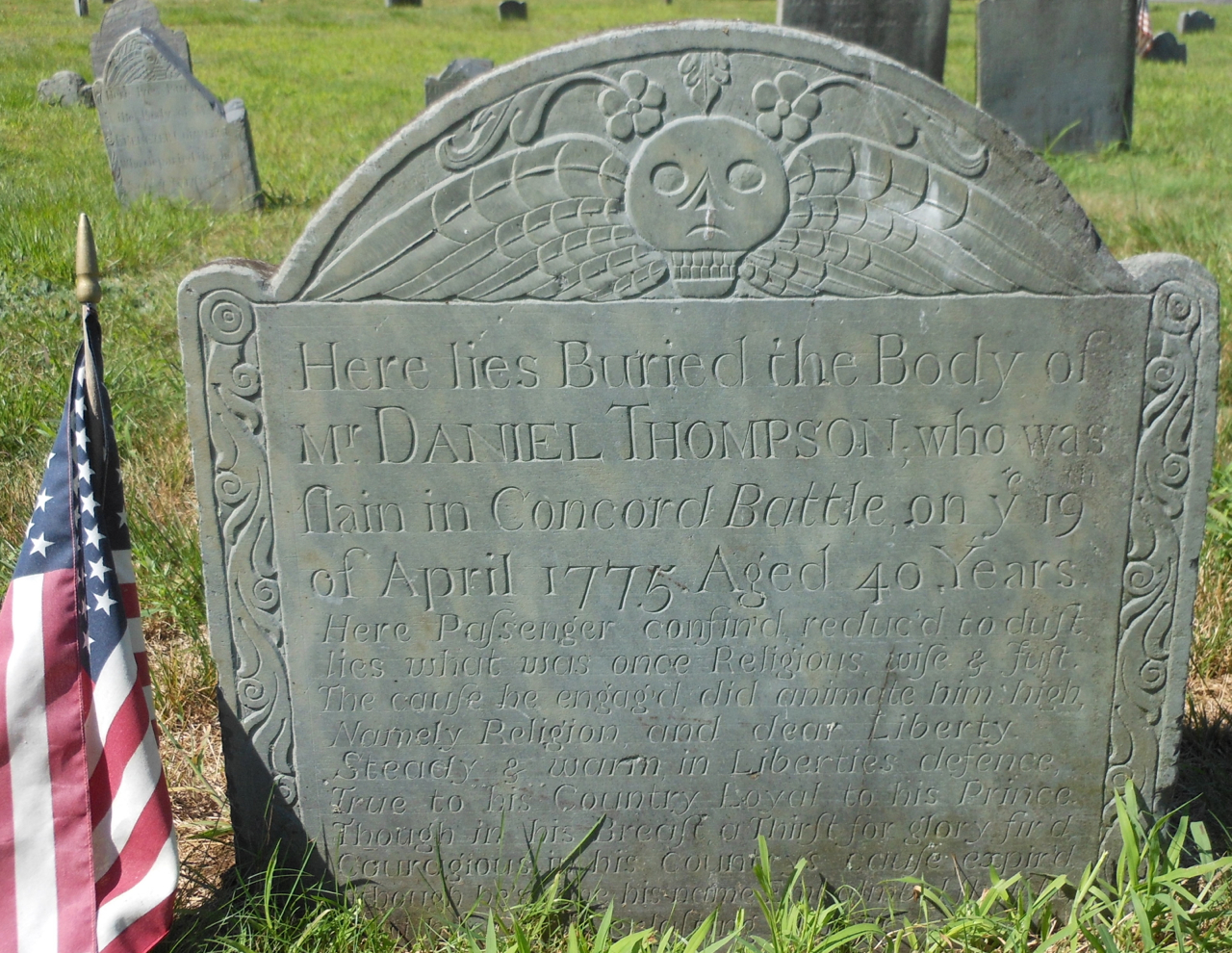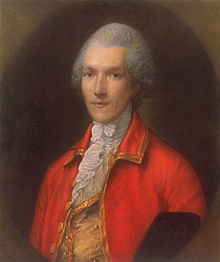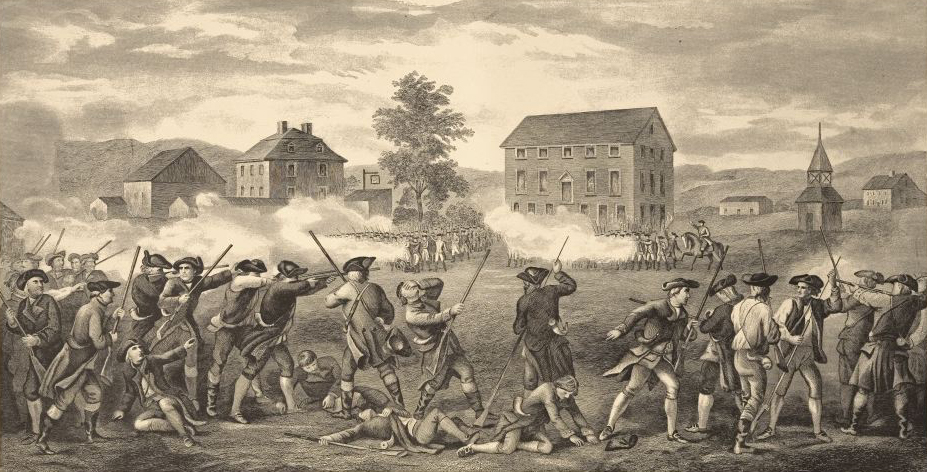When
Dr. Nathaniel Martyn “absconded” in 1770, leaving his wife and two
children with her family, he left behind another child as well.
Three years earlier, the Boston Overseers of the Poor had indentured a boy named
Ebenezer Dumaresque to Martyn. That contract was due to end when the boy came of age on 25 Nov 1781, meaning he was about to turn seven when he left Boston for the rural town of
Harvard.
The Boston Overseers’ file on Ebenezer,
visible at Digital Commonwealth, also includes this note: “Ebenr. Dumaresque bound to John Gleason of
Woburn.” Gleason’s name doesn’t appear in the Overseers’ indentures ledger,
published by the Colonial Society of Massachusetts; only Nathaniel Martyn’s does. I take that paper trail to mean that the Overseers got Ebenezer back from the Martyns and then sent him out again, adding the note in his file.
I’m guessing that the boy’s new master was the John Gleason who was born in
Brookline in 1720 and married in
Watertown in 1740. He and his wife had children in Woburn from 1747 to 1755, and he died there after 1786.
Dr. Martyn had probably brought Ebenezer out to help around the house in 1767 as his wife was busy raising their newborn daughter. The Gleasons, in contrast, were at the end of their period of having children and might have needed farm labor to replace grown sons. But we don’t have hard evidence one way or another.
The name Ebenezer was common in eighteenth-century New England—the tenth most common male given name according to Daniel Scott Smith’s study of records from
Hingham. But the name Dumaresque was quite uncommon. As long as we can keep up with the creative ways locals misspelled that surname, we can follow Ebenezer’s trail through the war years.
Massachusetts Soldiers and Sailors has several entries for Ebenezer Dumaresque (Dumarsque, Dumasque, Damasque, Demasque) from Western (now Warren) in Worcester County. All those entries indicate the soldier was born about 1760, as our Ebenezer was. All but one describe him as a little over five feet tall with a dark complexion and dark hair. (One anomalous entry says he was 5'10".)
According to those state records, Ebenezer Dumaresque first served six months in late 1780 in Lt. Col.
John Brooks’s regiment, then reenlisted in the spring of 1781 for three years “for bounty paid said Dumaresque by John Patrick and others, in behalf of a class of the town of Western.” He spent most of that time at West Point in
New York. On 11 Nov 1782 Pvt. Dumaresque was tried by regimental court-martial for being absent without leave, but his commander pardoned him.
As of the 1790 U.S. Census, “Ebenr. Dumask” headed a household in
Palmer, Massachusetts. In addition to himself, the house contained a white male aged 16 or more, a white male under age 16, and two white females.
On 23 Apr 1818, Ebenezer Dumaresque applied for a pension from the federal government as a Revolutionary War veteran. He declared under oath that in early 1781 he had signed up for three years in the 7th Massachusetts Regiment. During his service “he was engaged in no battles.” When the army shrank ”after the Restoration of Peace,” he was shuffled into another unit “under the command of Majors Porter and Preston (he thinks there was no Colonel).”
At the very end of 1783, Dumaresque stated, he was “regularly discharged under the Hand of Major General [
Henry] Knox at West Point.” He kept that paperwork for more than a quarter-century until around 1810 “when under an expectation of obtaining a Soldier’s bounty land he sent his discharge to the State of Ohio by an agent” and never saw it again.
By the time he applied for a pension, Dumaresque had left Massachusetts and was living in Kingsbury, New York. He couldn’t supply testimony from any neighbors confirming his military service. All he could send with his application was a short inventory of movable property and a description of his poor health, indications of poverty as the law then required for a pension.
However, Dumaresque’s federal file also contains a July 1819 note from Alden Bradford, secretary of the commonwealth of Massachusetts. It stated:
The records in this office, relating to revolutionary services, are not later than 1780—
But, happily, for you, the Govr, who commanded 7th Regt, has a list of his men, & has furnished a certificate which is herewith forwarded
Lt. Col. John Brooks (shown above) had become the governor of Massachusetts. He personally wrote out a statement certifying that Ebenezer Dumaresque had indeed served under him in the
Continental Army from early 1781 to mid-1783.
Dumaresque received his pension. At some point he moved from Kingsbury to the nearby town of Queensbury. Federal records indicate that he continued to receive his money, and to head his own household, past the 1840 census, in the year he turned eighty.















